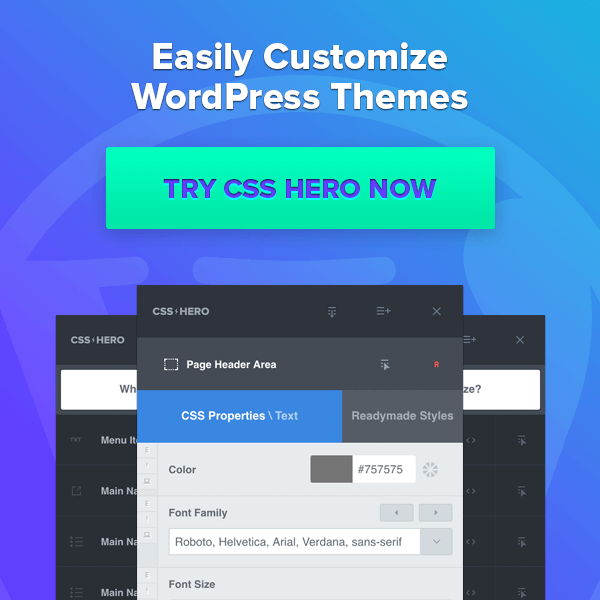Blogging is a great way to get to know your audience. It puts you directly into contact with them. It provides you with an opportunity to explain, in detail, the products and services your business offers. It gives you the chance to give a voice to your blog, answer questions, and address some of the concerns your customers might face in their day-to-day lives.
You know what makes Seth Godin’s blog readable? His posts are short and sweet yet they cause you to question yourself and the world around you. If in four paragraphs, the best-selling author can make you think, why do you need 1,000 words to get your message across?
Blog writing is not black or white. There is a lot of grey area to address and this largely depends on the audience you’re catering to. You can’t write for twenty-something computer programmers and expect forty-year-old housewives with college-aged children to respond the same way. Know your audience before writing a single post. It will help you move forward in the right direction.
Good Content Adds Value to Your Blog and Website
With that being said, there’s a distinct difference between good content and bad content. Good content adds value to an experience. Bad content aims to please no one. It simply exists as a way of tricking the search engines into thinking it’s something worth reading. For a long time, bad content slipped through the cracks and jammed up the Internet superhighway before it was discovered.
Cracking down on blog writer violators wasn’t as easy as first thought. After all, there are scores of people who know about Search Engine Optimization (SEO) and try as they might to punish the repeat offenders, Google was very unsuccessful. A number of changes are in place to prevent bad content from flooding the web yet again. One of the most obvious is Google’s removal of its free keyword tool. If you want to access it, you need an Adwords account.
Know Your Audience
When writing blog posts for your company website, there are a number of different things to consider. First and foremost, what is the point behind your blog? Is it to gain new customers or to show the customers that you have new ways of using your products and services? Is it to educate, entertain, gain support or a little of each?
Who is your audience? What type of people purchase your products or services? How do they get their information? From your blog, through your social media accounts or do they take something away with them each time they visit both?
Anatomy of a Killer Post – 5 Things to Include In Every Blog Post
Have you ever wondered why some bloggers have such a big following? It’s because they follow a simple formula for creating killer content. That, and they’re consistent. They update the blog regularly and they constantly engage their audience through meaningful social media posts.
These 5 things should be included in every blog post:
- An attention-grabbing title. Think of the title of each blog entry as your “book jacket”. People will determine whether or not your blog is worth reading in a matter of seconds. If the title is blasé, your bounce rate is going to be high and your retention rate is going to be low. It’s hard to win over a reader after they’ve decided that your blog is useless to them.
- A high quality, relevant photo. You don’t have to post a picture under every paragraph but you should at minimum have a least one to two photos per blog post. If you take them yourself, you get bonus points. If you don’t possess any camera skills, you can always purchase images from a stock photography website like Shutterstock or Dreamstime.
- A hook that captivates the audience. So much content is recycled that you have to approach subjects in a fresh and exciting way. How will you grab the interest of your readers? Will you share a personal story with them? Will you speak out on a controversial subject? What makes you different is what makes you interesting. Don’t write for the sake of writing. Write as a way to express yourself and the ideologies that you and your company believe in. Write to stay on top of current events. Write to address customer questions and concerns.
- Headers, subheaders, and bulleted or numbered lists. Scrolling through paragraph after paragraph of blocky text is annoying. No one in their right mind will spend time reading your blogs if they don’t have some type of formatting. Headers, subheaders, and lists give readers a break from the monotony of text. It also allows them to quickly scan the blog for the information that they need quickly and effectively. Everyone loves a list so include one whenever possible.
- Links to authoritative websites. If you refer to another website in your post, make sure to link to it. You can set it up so that your reader never leaves your page. Instead, the link opens in another window. Find out who pulls weight in the industry you’re writing for. Link to their website. They may reward you by doing the same on their website. If you’re known for great content, no matter how old your blog is, you’ll start to see people visiting from other sites. Take advantage of this as much as possible. It’s like guest blogging without needing to write a word.
Your blog doesn’t need to be updated several times daily to be effective. Think about it. Quality trumps quantity every day of the week. Write shareworthy posts and you’ll get the traffic you need to your website. People will want to know what you have to say. They’ll look forward to reading your blog.
Follow the simple formula listed above to write blog posts that promote your business. You’ll be astounded at how quickly you’ll build a following. Whatever the objective is for your blog, you’ll achieve it successfully in very little time by following the advice listed above.












0 Comments